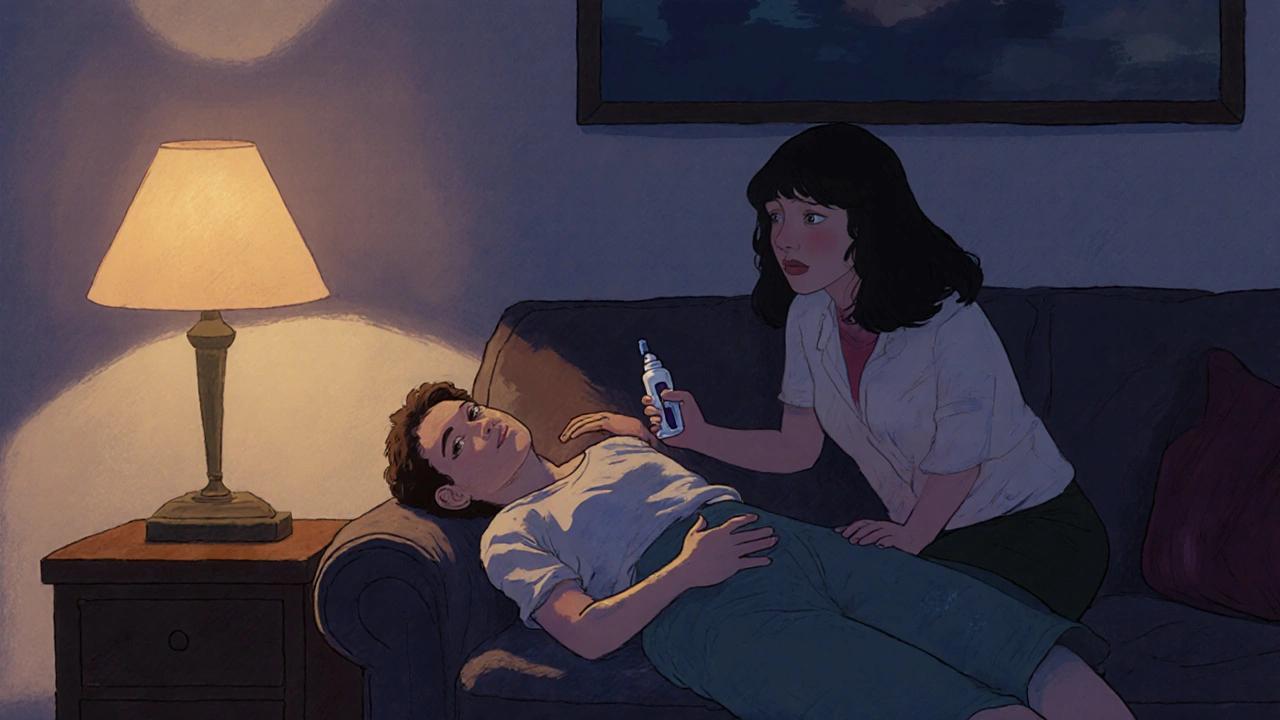Opioid Overdose Signs: What to Recognize and Do Immediately
When someone overdoses on opioids, a class of drugs that include prescription painkillers like oxycodone and illegal drugs like heroin and fentanyl. Also known as narcotics, these substances slow down your brain’s control over breathing—so much that it can stop entirely. This isn’t rare. In 2023, over 70,000 opioid-related deaths happened in the U.S. alone. Most of them could’ve been prevented if someone recognized the signs early.
The biggest red flag is respiratory depression, when breathing becomes shallow, slow, or stops completely. You might notice the person’s lips or fingernails turning blue, their skin feeling cold and clammy, or them making gurgling sounds like they’re drowning in their own saliva. They won’t wake up, even when you shake them hard or shout. Their pupils will look like pinpricks—this is called pinpoint pupils. These aren’t just symptoms. They’re emergency signals.
Many people think overdose only happens with heroin or street drugs. But it’s just as common with pills someone was prescribed, or when someone mixes opioids with alcohol, benzodiazepines, or even sleep aids. fentanyl, a synthetic opioid 50 to 100 times stronger than morphine. Also known as synthetic opioid, it’s often mixed into other drugs without the user’s knowledge, making even a tiny amount deadly. You don’t need to be a long-term user to overdose. First-time users, people who relapse after a break, or those who don’t know the strength of what they’re taking are at high risk.
Knowing the signs isn’t enough—you need to act. naloxone, a medication that can reverse an opioid overdose in minutes. It’s safe, easy to use, and available without a prescription in most places. Keep it handy if you or someone you know uses opioids. Call emergency services right away, even after giving naloxone. The effects of naloxone wear off faster than opioids, so the person could slip back into overdose.
You’ll find real stories, step-by-step guides, and practical advice in the posts below. Some explain how to use naloxone kits at home. Others break down why fentanyl is so dangerous in today’s drug supply. There’s also information on how to help someone struggling with addiction after they survive an overdose. This isn’t just about recognizing danger—it’s about knowing how to respond before it’s too late.
Learn how to recognize opioid overdose signs, respond in an emergency, and use naloxone to save a life. Critical steps for bystanders, families, and communities facing the fentanyl crisis.

